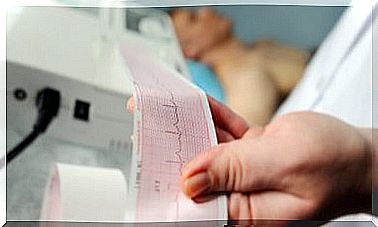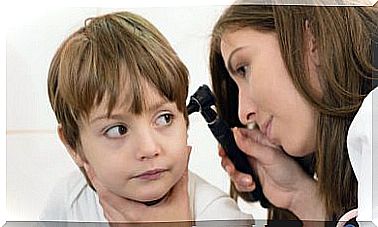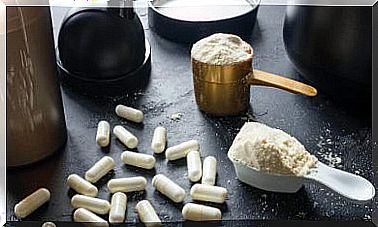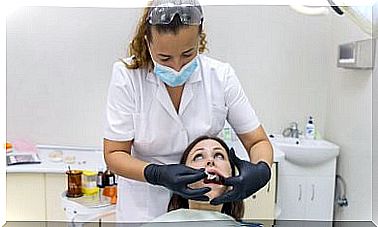5 Common Mistakes When Giving First Aid
Although we all believe we have basic notions of first aid, the truth is that we generally make mistakes that, although not dangerous a priori, can present complications .
Most of us don’t give much thought to the first aid training we receive throughout our lives. . Some of us think that these data are quite obvious and that we already have them well understood. However, we make common mistakes when giving first aid that can put the lives of others at risk.
The problem arises when we face an emergency and we have to put into practice what we think we know, complicating situations that are actually simple. Has it happened to you? Do you really think you know how to act if an emergency occurs? Do you know what are the 5 common mistakes when giving the most frequent first aid?
1. Use your fingers to get things out of your eyes
It is very common for some foreign element to enter the eye, be it an eyelash or a speck of dust. However, you should know that putting your finger in the eye is not recommended. Well, the hands are one of the dirtiest parts of your body . This means that bacteria can enter through the fingers that later cause infections.
In case some strange element has entered your eye you can:
- Use clean water to rinse the eye : it is important that you do not rub or rub, as you could damage an area of the eye. The water must be free of chlorine and any other irritant.
- Use contact lens drops or solution : This liquid is specially designed to be friendly to the eyes and will facilitate the removal of any foreign body. Try to blink and remove the item with a clean tissue.
2. Pour hydrogen peroxide on an open wound
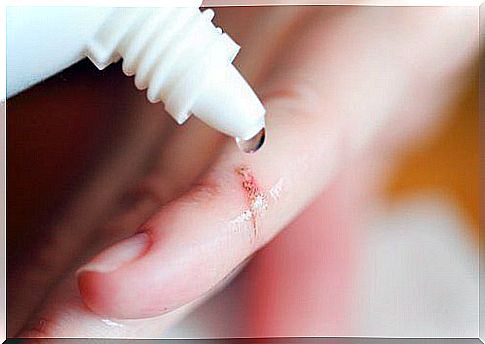
This is one of the common mistakes in giving first aid that we have learned since childhood. However, the reality is that hydrogen peroxide can damage skin tissues because it affects cells . It is true that bacteria and germs die, but you also affect the healing process.
It is not uncommon to see that wounds treated with hydrogen peroxide take longer to heal and show larger scars. The best thing to do is wash the wound with mild soap and water . Tap pressure will help remove dirt and debris, while soap will disinfect the area.
3. Use butter on burned areas
This advice holds true for all types of oils, such as petroleum jelly and antibiotic ointments. What the oils in the skin’s layers actually do is reduce the ability to release heat, which keeps the burn burning and causing more damage.
The best way to take care of a burn is to apply cold water, but only for 30 seconds . You can repeat this for a maximum of 20 minutes if you feel that your skin continues to burn too much, but then dry and cover. Finally, cover the burned area with a plastic wrap, which is porous and sterile. This allows the burn recovers in a cool environment and protects against germs that can infect the wound.
4. Using alcohol to lower fever
This fourth of the common first aid mistakes is very dangerous. Since alcohol evaporates quickly, this process instantly makes skin feel fresher. and for this reason it became popular. However, this does not mean that you will end the fever, since it does not affect your body temperature at all.
What can happen is alcohol seeps into the skin and causes intoxication. That’s why n case of fever, it is advisable to rest, drink plenty of fluids and use cold water compresses to reduce discomfort. Remember that if the fever does not go down, it is better to go to the doctor.
5. Tilt your head back to stop a nosebleed
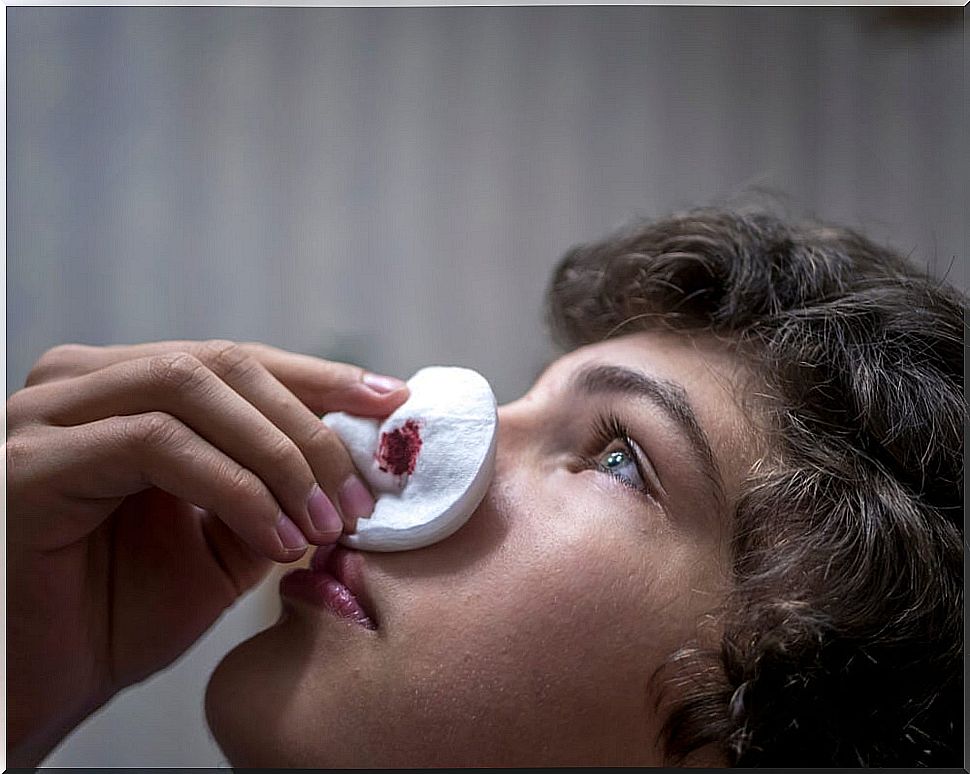
Although it is best to elevate some injuries, such as a swollen ankle, in case of nosebleed it should not be done. By tilting the head back all the blood runs down the throat and the bleeding doesn’t actually stop. You run the risk of swallowing it, irritating the stomach and inducing vomiting . Ideally, lean forward, apply pressure to your nose for 5-10 minutes, until the bleeding stops.
As simple as first aid appears to be and can be done by anyone, it is important not to make mistakes. In the best of cases, you may not achieve anything, but severe problems can also occur. If in doubt, it is important that you call your doctor or an ambulance so that the person is treated correctly.
Have you ever made these common first aid mistakes?





